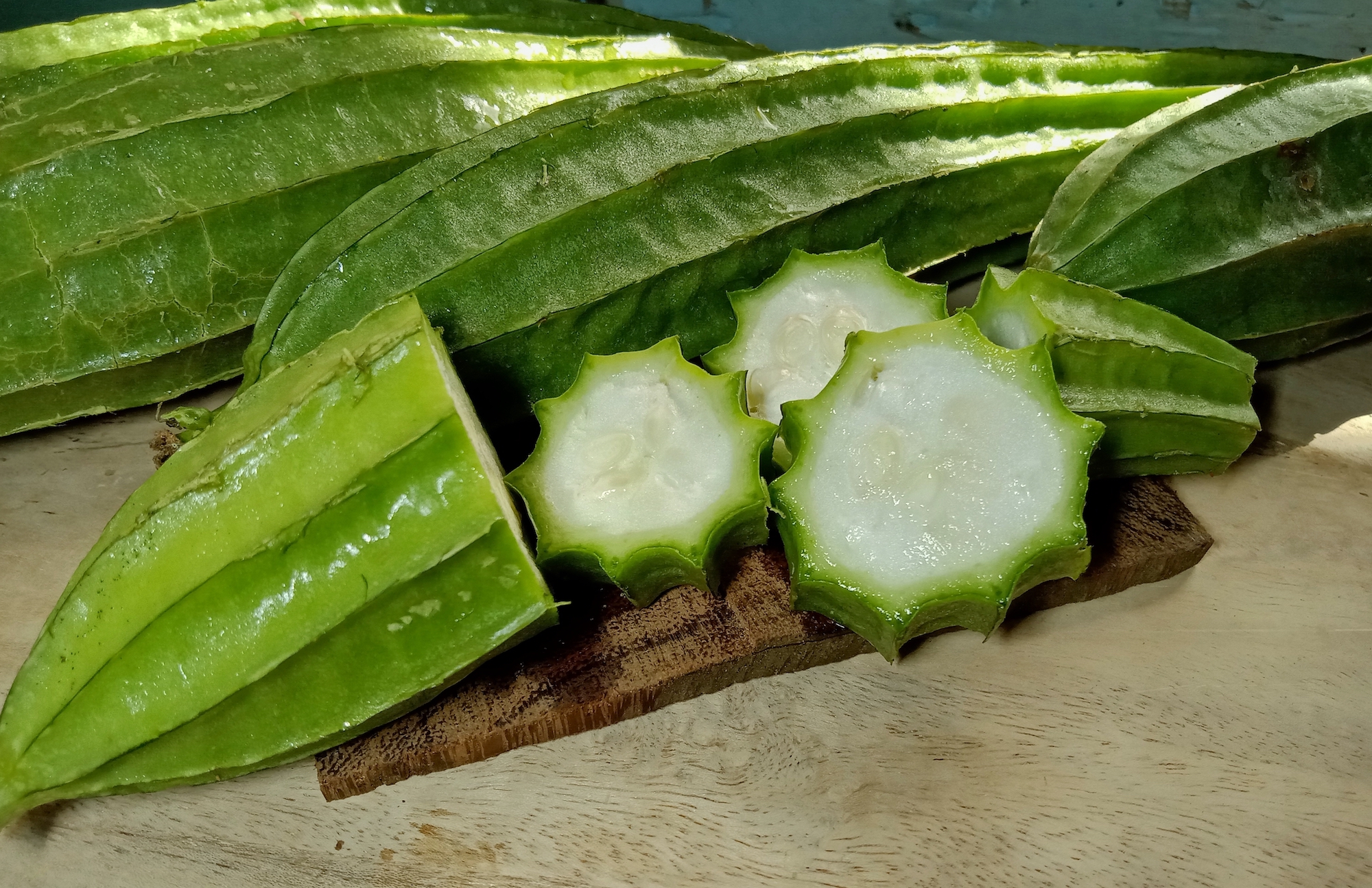
Caption
Luffa cylindrica or sponge gourd in the vegetable garden.
Photo Credit
Mr.Anuwat Rumrod
Subhead
Learn How to Plant, Grow, and Care for Loofah Plants
The Almanac Garden Planner - Use It Free for 7 Days!
Plan your 2025 garden with our award-winning Garden Planner.
Read Next
Varieties
The two common species are suitable for growing, whether eating or for sponges. The difference mostly involves the appearance of the fruit. Some people find the texture of L. cylindrica or smooth loofah to be more suited for use on skin than other loofahs.
- L. cylindrica (shown above) is smoother. If growing loofas for producing sponges, the smooth luffa is much easier to peel.
- L. acutangula (shown below) has more of a ridge-like appearance. It’s more often used for cooking in Asian cuisine, especially stews and curries.
Purchase seeds from any reputable vendor or get them at a seed swap.

Gardening Products
Cooking Notes

ADVERTISEMENT
Comments
Add a Comment













